The art of tempura, a cornerstone of Japanese cuisine, hinges on the delicate balance of its batter—known as koromo or "clothing" in Japanese. Unlike Western frying batters, which often prioritize thickness and crunch, tempura batter is celebrated for its ethereal lightness, a barely-there veil that shatters at the slightest pressure. This ephemeral quality isn’t accidental; it’s the result of centuries of refinement, where every variable—from flour selection to water temperature—is meticulously controlled to achieve perfection.
At the heart of tempura batter lies a paradox: it must adhere firmly to ingredients while remaining almost weightless. Traditional recipes call for soft wheat flour, typically cake flour or pastry flour, which contains less gluten than bread flour. Overworking the batter activates gluten, leading to a chewy texture—an unforgivable sin in tempura preparation. Chefs often mix the batter with chopsticks in swift, irregular strokes, leaving lumps intentionally. These pockets of dry flour create uneven textures that crisp beautifully during frying, contributing to the batter’s signature fragility.
Water temperature plays an equally critical role. Ice-cold water, sometimes with a splash of vodka or sake, suppresses gluten formation further while creating steam during frying. This steam expands the batter’s structure, yielding an airy, lace-like crust. Some masters even nestle their mixing bowls in larger bowls filled with ice to maintain near-freezing temperatures. The contrast between the frigid batter and searing oil (usually maintained at 170–180°C for vegetables and 180–200°C for seafood) triggers rapid expansion, setting the stage for tempura’s signature puffiness.
Modern interpretations of tempura batter have introduced subtle innovations without betraying tradition. Some chefs incorporate sparkling water or egg whites whipped to soft peaks for added lift. Others experiment with rice flour or cornstarch blends to achieve extra crispness for specific ingredients like mushrooms or leafy herbs. Yet these variations remain exceptions rather than rules—most purists insist that true tempura batter requires nothing more than flour, cold water, and perhaps a single egg yolk for richness.
The viscosity of the batter is adjusted based on the ingredient it coats. Delicate items like shiso leaves or chrysanthemum flowers receive an almost watery batter that clings in translucent patches, while heartier vegetables like sweet potato or eggplant may warrant a slightly thicker consistency. Seafood batters often strike a middle ground—substantial enough to contain moisture but never doughy. This customization extends to frying techniques: ingredients are sometimes dipped twice for extra crispness, or dredged lightly in dry flour before battering to improve adhesion.
Regional differences also influence tempura batter styles. In Kyoto, where the dish evolved as part of Buddhist temple cuisine, batters tend to be whisper-thin, allowing the natural flavors of seasonal vegetables to dominate. Tokyo-style tempura, influenced by Edo-period street vendors, often features slightly more substantial coatings to complement seafood like anago (conger eel) or kuruma ebi (tiger prawns). Meanwhile, in Nagasaki—where Portuguese traders first introduced deep-frying techniques—the batter sometimes incorporates more egg, resulting in a golden hue reminiscent of Western fried foods.
The lifespan of tempura batter is measured in minutes, not hours. From the moment water meets flour, a clock starts ticking: enzymatic activity begins breaking down starches, and gluten networks slowly strengthen even in cold temperatures. Elite tempura chefs mix batter in small batches throughout service, never reusing or storing leftover mixture. This uncompromising approach ensures every piece emerges from the oil with optimal texture—a lesson in respecting ingredients that defines Japanese culinary philosophy.
What truly separates tempura from other fried foods is its relationship with time. The batter’s delicate structure begins deteriorating the instant it leaves the oil, making immediate consumption non-negotiable. This ephemerality elevates tempura beyond mere technique into a cultural ritual—one that honors seasonal bounty through transient beauty. As diners bite through the audible crispness into tender interiors, they experience not just a dish, but a moment suspended between crispness and collapse, between tradition and innovation.

By /May 26, 2025
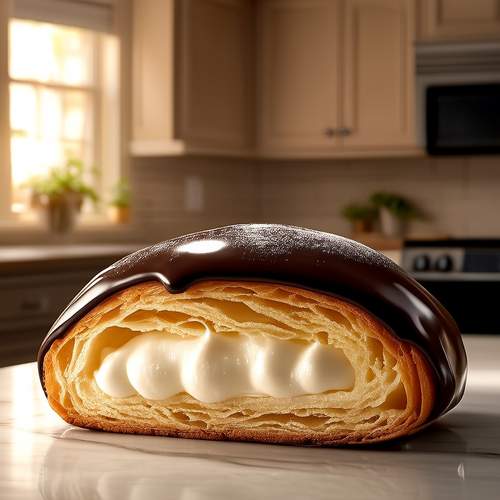
By /May 26, 2025
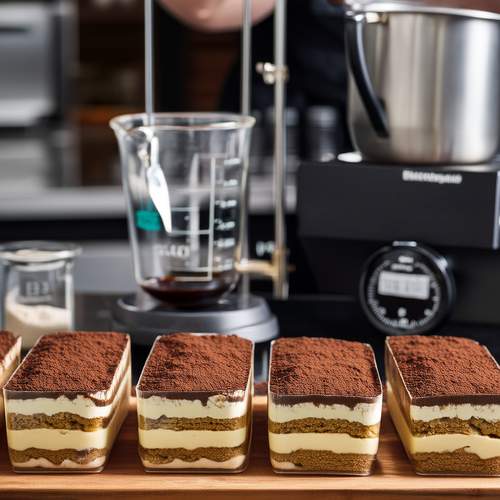
By /May 26, 2025
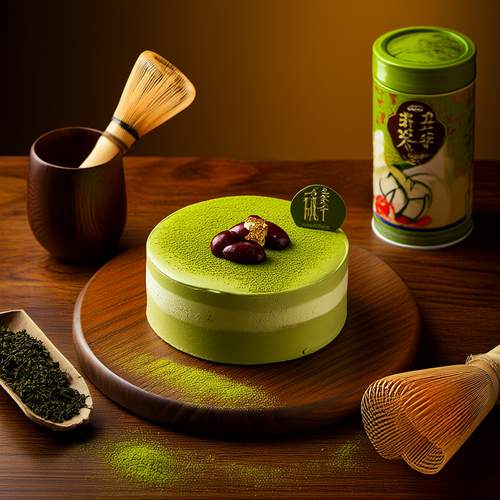
By /May 26, 2025
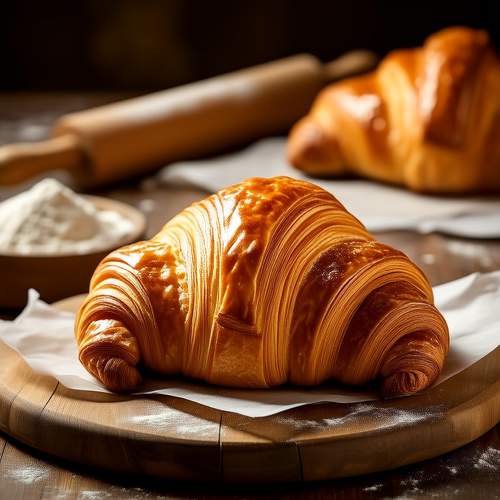
By /May 26, 2025

By /May 26, 2025

By /May 26, 2025

By /May 26, 2025
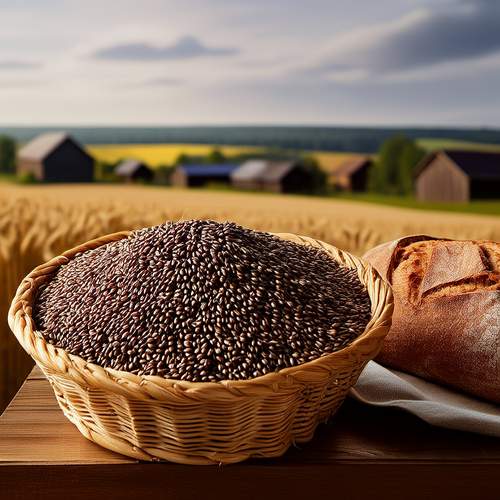
By /May 26, 2025

By /May 26, 2025
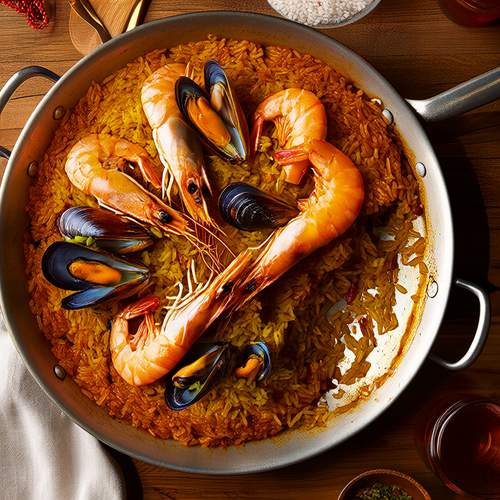
By /May 26, 2025

By /May 26, 2025
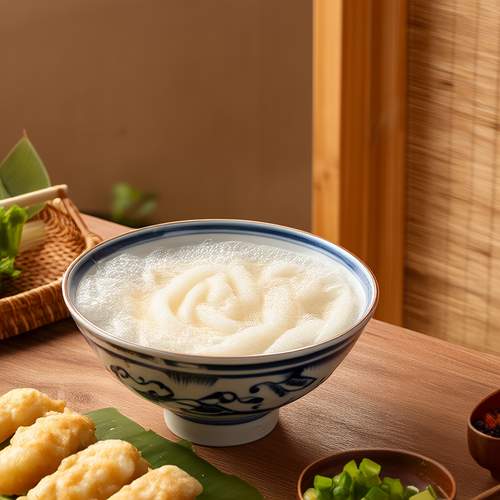
By /May 26, 2025
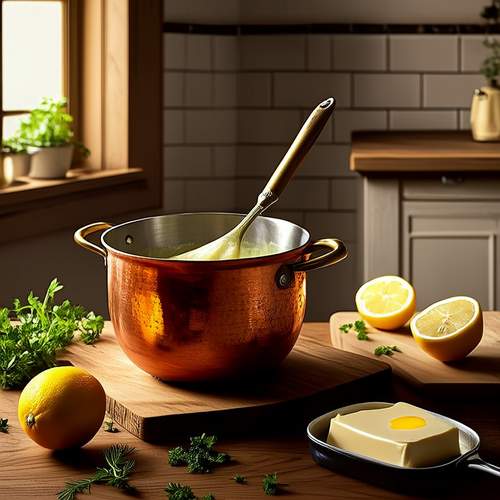
By /May 26, 2025

By /May 26, 2025

By /May 26, 2025
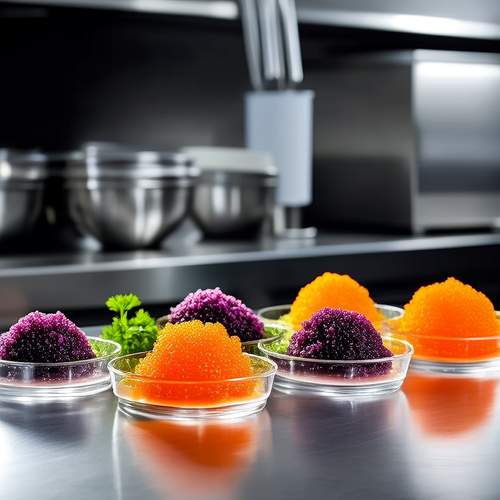
By /May 26, 2025
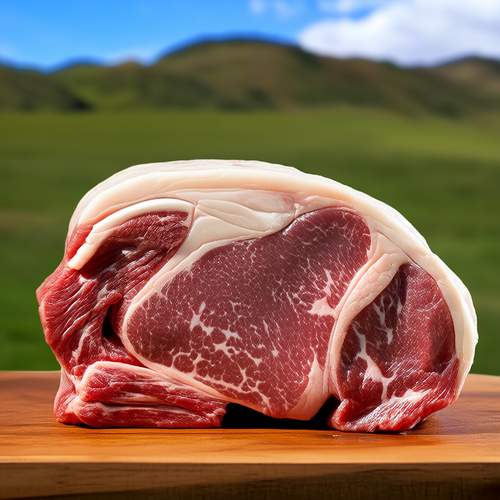
By /May 26, 2025

By /May 26, 2025

By /May 26, 2025